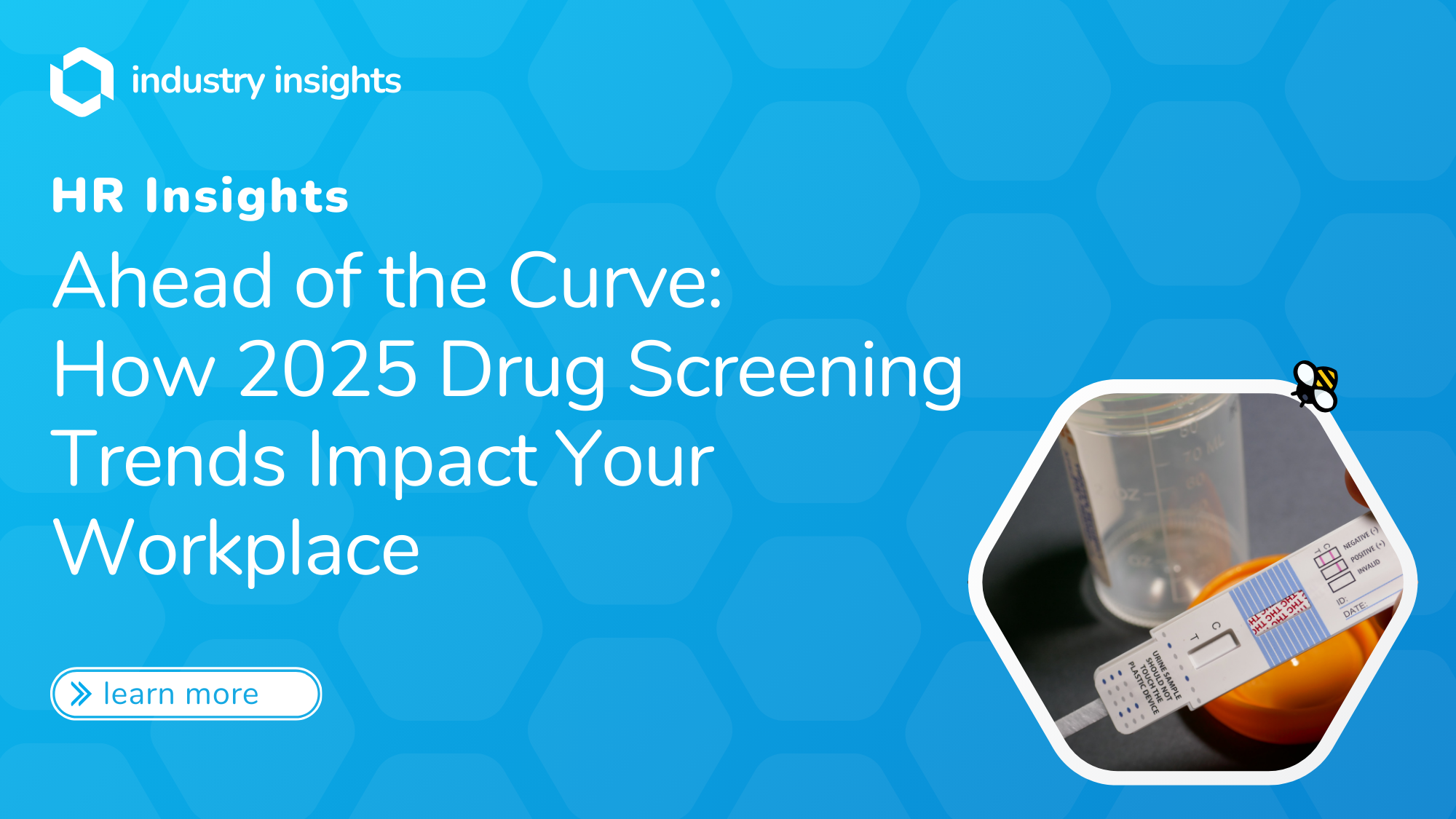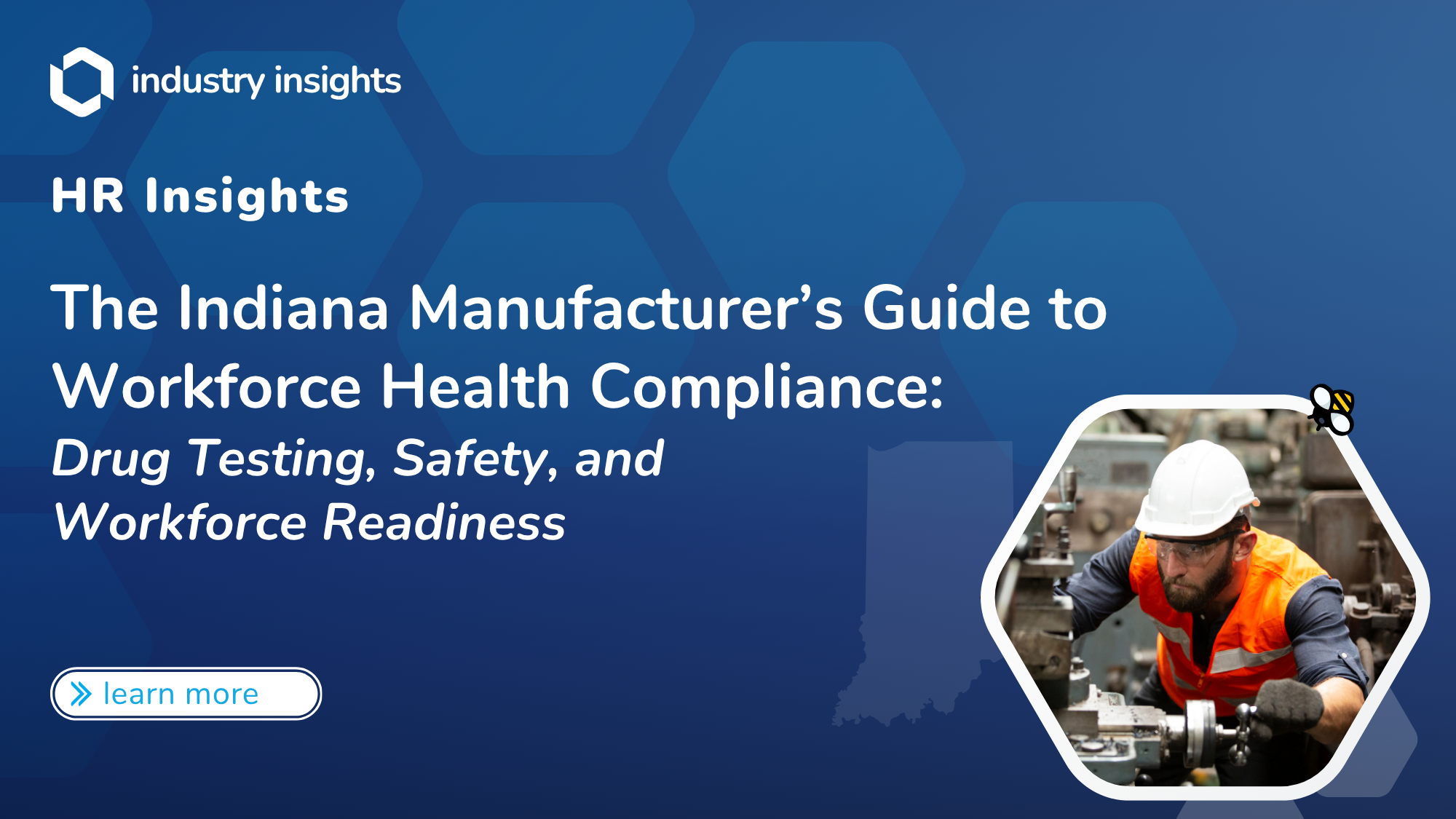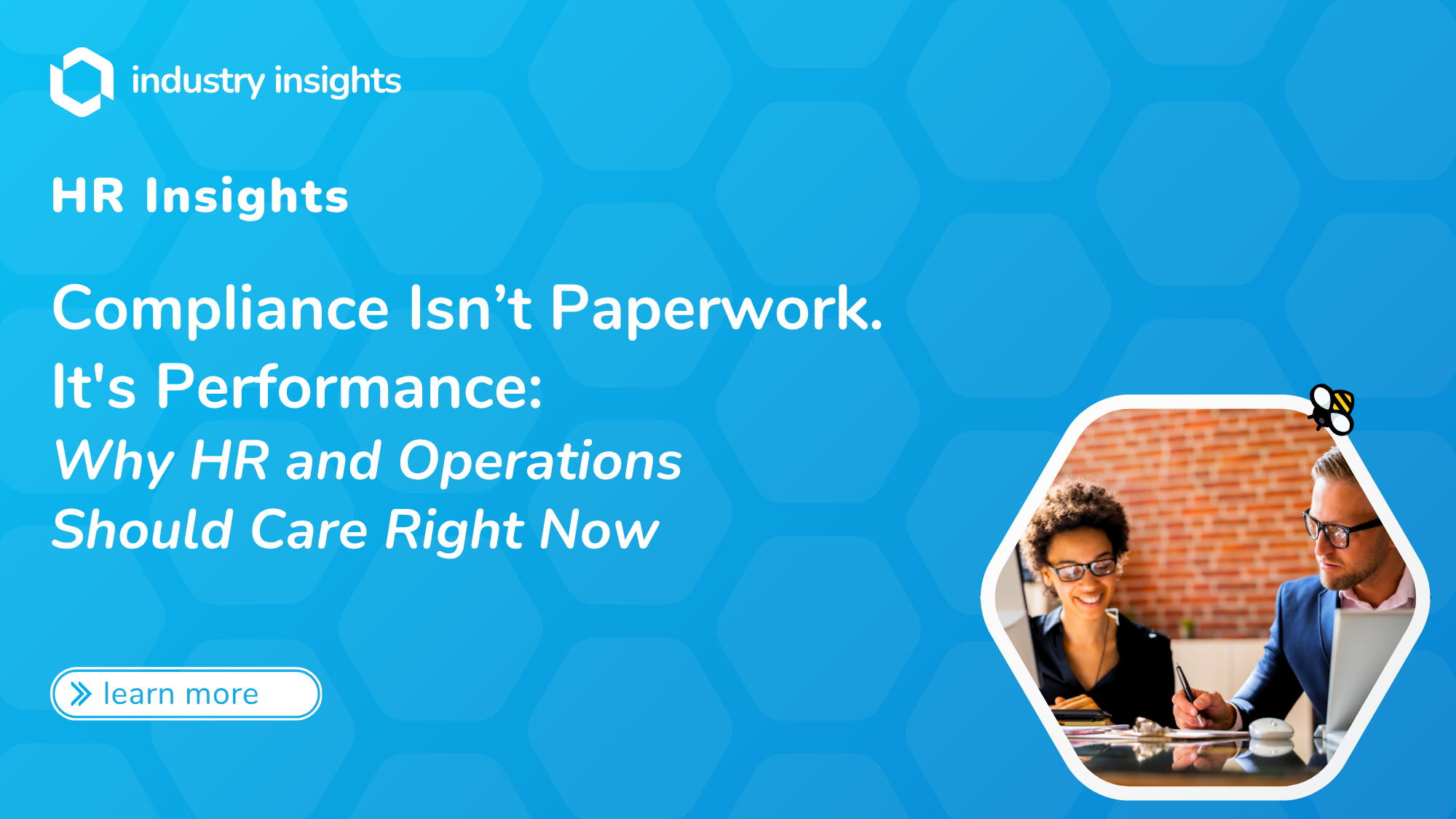As we navigate through 2025, the landscape of workplace drug screening is undergoing significant transformations. Evolving regulations, technological advancements, and shifting societal attitudes are reshaping how employers approach drug testing. HR professionals face mounting pressure to stay compliant – without losing focus on employee wellness. Due to the emerging changes, 2025 calls for smarter, more flexible approaches to drug screening.
Evolving Regulations: Staying Ahead of the Curve
Federal Updates
- Department of Transportation (DOT): In November of 2024, the DOT published a final rule amending its drug testing program to include oral fluid testing as an alternative to urine testing. This change offers employers more flexibility in their testing methods (DOT, 2024).
- Substance Abuse and Mental Health Services Administration (SAMHSA): On January 16th, 2025, SAMHSA released updated Mandated Guidelines for Federal Workplace Drug Testing Programs. Effective July 7th, 2025, fentanyl and norfentanyl have been added to the list of substances tested in federal workplace programs (Clearstar, 2025).
State-Level Updates
- Kentucky: As of January 1st, 2025, employers in Kentucky can establish policies limiting cannabis use in the workplace, including implementing drug testing policies (Salary.com, 2025).
- Connecticut: New laws effective January 1st, 2025, regulate certain hemp-derived products, requiring those with specific THC levels to be sold through licensed cannabis establishments (Keating, 2025).
The Rise of Oral Fluid Testing
Oral fluid testing is gaining traction as a viable alternative to traditional urine testing:
- Advantages: Oral fluid tests are less invasive, harder to adulterate, and can detect recent drug use, making them suitable for post-accident or reasonable suspicion testing.
- Regulatory Support: The DOT’s final rule, effective December 5th, 2024, authorizes employers to use oral fluid testing, providing more flexibility in their testing programs.
Employers should consider integrating oral fluid testing into their drug screening programs, especially for situations requiring immediate detection of recent substance use or for safety-sensitive positions.
Tech Meets Testing: Staying Ahead of the Curve
Technological advancements are revolutionizing drug screening processes:
- Artificial Intelligence (AI): Innovative AI-driven platforms are streamlining administrative tasks, including scheduling drug tests, managing compliance documentation, and quickly processing and reporting test results. By automating these previously manual processes, AI significantly reduces errors, accelerates turnaround times, and allows HR professionals to stay focused on strategic tasks instead of paperwork.
- Digital Platforms: Companies are adopting digital platforms to streamline scheduling, automate result reporting, and integrate with HR systems, enhancing efficiency and reducing administrative burdens.
Embracing these technologies can lead to more efficient, accurate, and employee-friendly drug screening processes.
Rebalancing the Risk: Drug Screening and Employee Wellness
Modern drug screening approaches are shifting towards supporting employee wellness:
- Supportive Policies: Employers are re-evaluating punitive drug policies, focusing instead on rehabilitation and support for employees struggling with substance abuse.
- Mental Health Integration: Integrating mental health support with drug screening programs can address underlying issues contributing to substance use, fostering a healthier workplace environment.
Embracing these technologies can lead to more efficient, accurate, and employee-friendly drug screening processes.
What Employers Should Do
To navigate the evolving drug screening landscape:
- Review and Update Policies: Ensure drug testing policies comply with current federal and state regulations.
- Consider Alternative Testing Methods: Evaluate the benefits of incorporating oral fluid testing into your program.
- Leverage Technology: Adopt digital platforms and AI tools to enhance efficiency and accuracy in drug screening processes.
- Promote Employee Wellness: Integrate support systems for employees, focusing on rehabilitation and mental health.
Staying proactive and adaptable is key to maintaining compliance and fostering a supportive workplace culture.
How BlueHive Makes Drug Screening Easy
Navigating the maze of evolving drug screening regulations and staying compliant can be a difficult task. That’s exactly why we created BlueHive!
BlueHive centralizes drug screening management into a single, user-friendly platform. Forget juggling multiple systems or chasing paperwork – BlueHive makes scheduling tests and tracking results simple, reducing turnaround times and eliminating human error. Our expansive nation-wide network of over 20,000 providers ensures that your employees will have access to services, no matter how remote they are.
Discover how BlueHive can transform your workplace’s drug screening process, giving your team more time to focus on what truly matters most – supporting your employees and building a thriving workforce!
Conclusion: Screen Smarter, Not Harder
Regulatory changes, technological innovations, and a shift towards employee-centric approaches characterize the drug screening landscape in 2025. Employers who meet these changes head on can enhance compliance, improve efficiency, and promote a healthier, more supportive work environment.
By embracing innovations like BlueHive, you and your team can confidently navigate the complexities of compliance, freeing yourself to focus on creating healthier, more engaged workplaces.
Download the Whitepaper:
Sources
- ClearStar. (2025). Federal drug testing compliance begins year with major changes. ClearStar. Retrieved April 22, 2025, from https://www.clearstar.net/federal-drug-testing-compliance-begins-year-with-major-changes/
- U.S. Department of Transportation. (2024, November). Summary of DOT’s final rule on oral fluid drug testing. Office of Drug & Alcohol Policy & Compliance. Retrieved April 24, 2025, from https://www.transportation.gov/ODAPC/Notice_Summary_Nov_2024
- Salary.com. (2025). New state employment laws for 2025: Quick reference guide. Salary.com. Retrieved April 22, 2025, from https://www.salary.com/newsletters/law-review/new-state-employment-laws-for-2025-quick-reference
- Keating, C. (2025, January 1). CT’s new laws starting Jan. 1 expand paid sick leave, regulate cannabis products. CT Insider. Retrieved April 22, 2025, from https://www.ctinsider.com/politics/article/ct-new-laws-january-1-expand-paid-sick-leave-19971646.php




